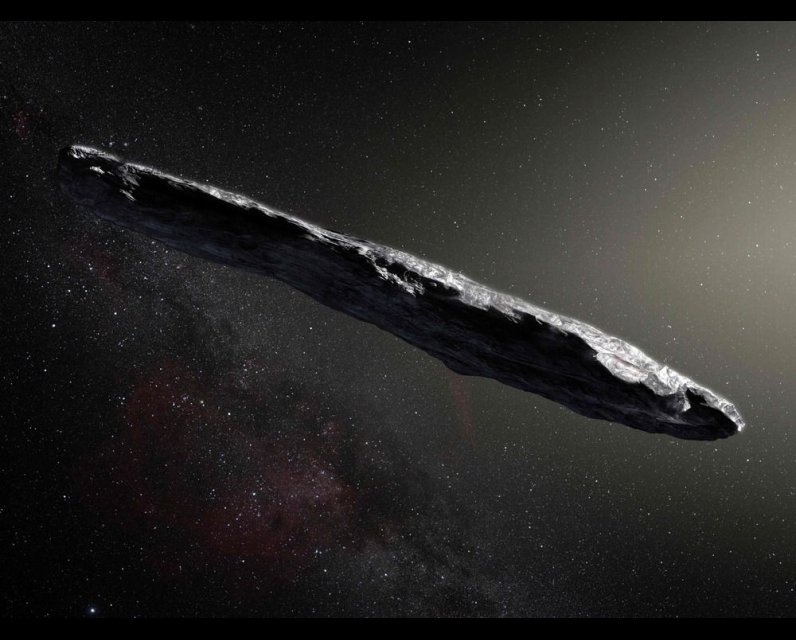A rare interstellar comet is zipping through the solar system, and you can watch it today

Our solar system is playing host to a rare visitor. A comet from interstellar space is hurtling toward the sun at about 68 kilometres per second, or about 245,000 kilometres an hour. And like many a socially savvy out-of-town visitor, it will be visible on a livestream , beginning at 6 p.m. ET, July 3.
The object originally went by the name A11pl3Z when it was discovered by ATLAS, the Asteroid Terrestrial-impact Last Alert System in Rio Hurtado, Chile, on July 1. It has since been renamed 3I/ATLAS by the Minor Planet Center, with the “I” standing for interstellar, and the 3 for it being just the third such object ever discovered.
The first confirmed object from outside the solar system was discovered in 2017 and named Oumuamua, Hawaiian for “first distant messenger.” Its elongated shape and signs of a slight acceleration had some hypothesizing it was a manufactured object, although few believe it. Then in 2019 comet 2I/Borisov was discovered by Gennadiy Borisov, a Crimean telescope maker and amateur astronomer.
ESA's astronomers are actively tracking 3I/ATLAS, which is now the third confirmed interstellar comet to pass through our Solar System!More info at: https://t.co/ARzYu9snS8 pic.twitter.com/jNYriTvluC
— ESA Operations (@esaoperations) July 3, 2025
Astronomers can tell interstellar objects from more mundane solar-bound rocks because their speed is too fast for the sun to capture them in an orbit, and their path is straighter than regular comets.
According to NASA , the new object entered the solar system from the direction of the constellation Sagittarius, and is currently some 670 million kilometres from Earth. Although it’s estimated to be some 10 kilometres across, it poses no threat to the planet, as it will come no closer to us than 240 million kilometres, which is farther away than the sun.
The space agency says 3I/ATLAS will pass inside the orbit of Mars at its closest approach to the sun around Oct. 30, before leaving our solar system forever next year. It will be visible to large ground-based telescopes until September, when it get lost in the glare of the sun for several months before reappearing in early December.
With that timeline in mind, the Virtual Telescope Project has set up a livestream tonight on YouTube and WebTV , allowing viewers to watch images from telescopes in Manciano, Italy, weather permitting.

Comments
Be the first to comment